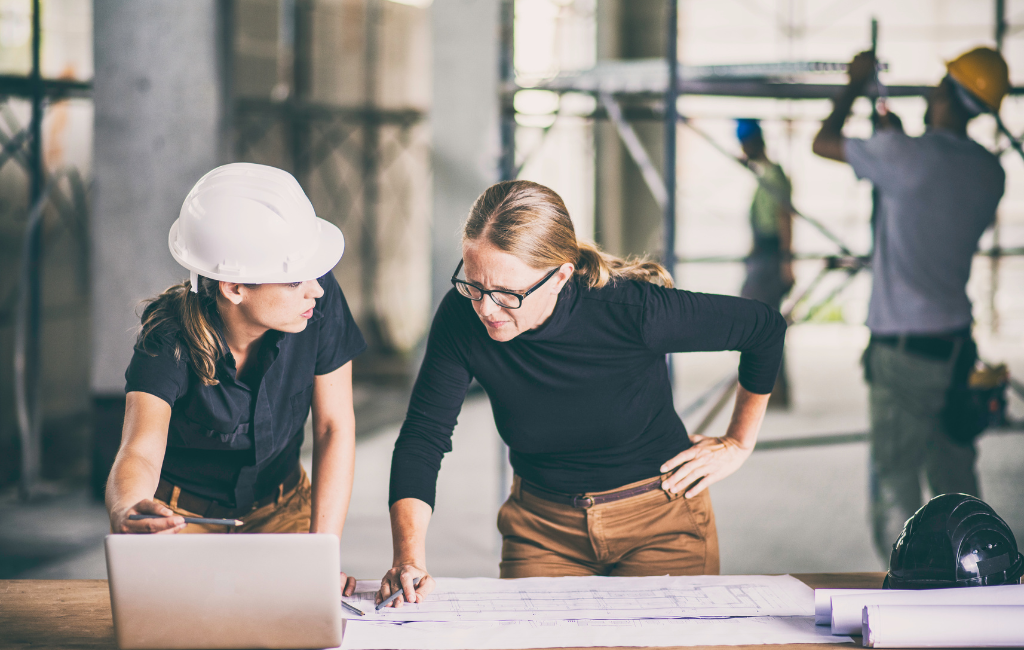Architect Trends: Designing Tomorrow
Architecture is an ever-evolving field that continuously adapts to the changing needs and desires of society. As we look towards the future, several trends are emerging that promise to shape the way we design and interact with our built environment. This article explores these trends, providing insights and examples to illustrate their impact.
Sustainable Design
Sustainability has become a cornerstone of modern architecture. With growing awareness of environmental issues, architects are increasingly focusing on creating buildings that minimize their ecological footprint.
Green Building Materials
One of the key aspects of sustainable design is the use of green building materials. These materials are sourced responsibly and have a lower environmental impact compared to traditional options. Examples include:
- Bamboo: A fast-growing, renewable resource that is strong and versatile.
- Recycled steel: Reduces the need for new steel production, which is energy-intensive.
- Rammed earth: Utilizes natural soil and has excellent thermal properties.
Energy Efficiency
Energy efficiency is another critical component of sustainable architecture. Modern buildings are designed to reduce energy consumption through various means:
- Passive solar design: Maximizes natural light and heat from the sun.
- High-performance insulation: Reduces the need for heating and cooling.
- Smart building systems: Use technology to optimize energy use.
Smart Buildings
The integration of technology into architecture is revolutionizing the way we live and work. Smart buildings are equipped with advanced systems that enhance comfort, security, and efficiency.
Internet of Things (IoT)
The IoT connects various devices and systems within a building, allowing them to communicate and work together seamlessly. This connectivity offers numerous benefits:
- Automated lighting and climate control: Adjusts settings based on occupancy and preferences.
- Enhanced security: Integrates surveillance, access control, and alarm systems.
- Predictive maintenance: Identifies potential issues before they become problems.
Artificial Intelligence (AI)
AI is playing an increasingly significant role in architecture. It can analyze vast amounts of data to optimize building performance and design:
- Energy management: AI algorithms can predict and manage energy use more efficiently.
- Design optimization: AI tools can generate and evaluate multiple design options quickly.
- Occupant comfort: AI can learn and adapt to the preferences of building occupants.
Biophilic Design
Biophilic design emphasizes the connection between humans and nature. This approach aims to create spaces that promote well-being by incorporating natural elements.
Natural Light
Maximizing natural light is a fundamental principle of biophilic design. It has been shown to improve mood, productivity, and overall health. Strategies include:
- Large windows: Allow more sunlight to enter the building.
- Skylights: Provide additional natural light from above.
- Light wells: Bring daylight into interior spaces.
Indoor Plants
Incorporating plants into interior spaces can have numerous benefits, such as improving air quality and reducing stress. Popular choices include:
- Fiddle leaf fig: Known for its large, attractive leaves.
- Snake plant: Easy to care for and effective at filtering air.
- Spider plant: Great for removing toxins from the air.
Adaptive Reuse
Adaptive reuse involves repurposing existing buildings for new uses. This approach can preserve historical structures and reduce the environmental impact of new construction.
Case Studies
Several successful adaptive reuse projects demonstrate the potential of this trend:
- The High Line in New York City: Transformed an abandoned railway into a popular urban park.
- Tate Modern in London: Converted a former power station into a renowned art museum.
- Gasometer City in Vienna: Repurposed gas storage tanks into a mixed-use development.
Benefits
Adaptive reuse offers several advantages:
- Preservation of cultural heritage: Maintains the historical significance of buildings.
- Environmental sustainability: Reduces the need for new materials and construction.
- Economic benefits: Can be more cost-effective than building from scratch.
Modular Construction
Modular construction involves assembling buildings from pre-fabricated modules. This method offers several benefits, including faster construction times and reduced waste.
Efficiency
Modular construction can significantly speed up the building process:
- Off-site fabrication: Modules are built in a controlled factory environment.
- Simultaneous site work: Site preparation and module construction can occur concurrently.
- Reduced weather delays: Indoor fabrication minimizes weather-related disruptions.
Case Studies
Several projects highlight the potential of modular construction:
- CitizenM Hotel in New York: Built using modular units, reducing construction time by 50%.
- Wolverhampton Interchange in the UK: Utilized modular construction for a new bus station.
- Urban Rigger in Copenhagen: Created student housing from repurposed shipping containers.
Conclusion
The future of architecture is being shaped by a variety of innovative trends. From sustainable design and smart buildings to biophilic design and modular construction, these trends are transforming the way we think about and interact with our built environment. By embracing these advancements, architects can create spaces that are not only functional and aesthetically pleasing but also environmentally responsible and conducive to well-being.
